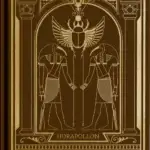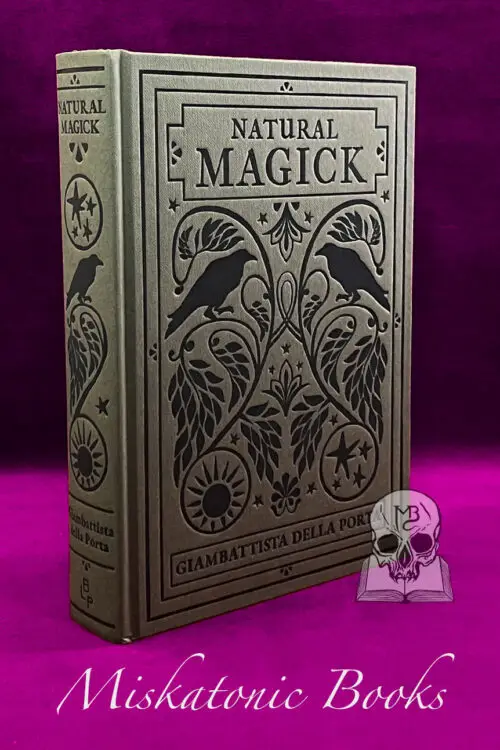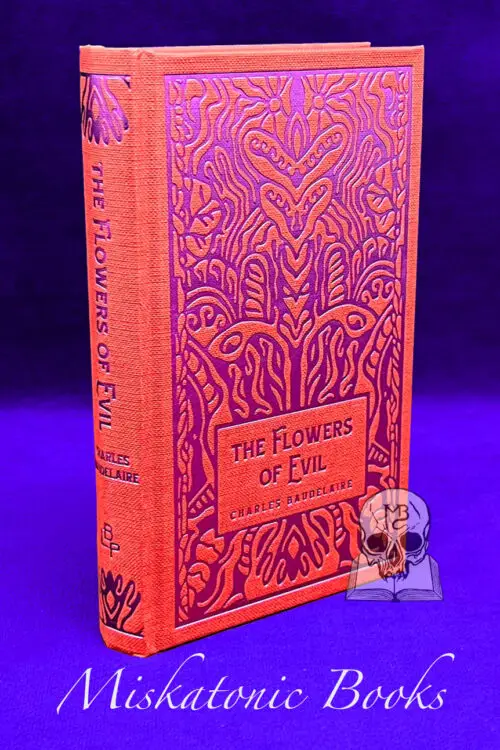Need news faster? Add our ‘Daily Alerts’ newsletter for time-sensitive information like rare, limited edition titles just announced or back in stock. Also, we highlight flash 24-hour sales on select products. [Subscribe Here]
$79.00 — or $79.00 Original price was: $79.00.$19.75Current price is: $19.75. / month for 4 months
First edition. A new translation with commentary and notes by Sasha Chaitow.
It measures 5.5×8.5 inches and has around 500 pages.
Book is in new, unread condition.
Published by Black Letter Press.
Currently Unavailable
This product is not available at the moment.
Would you like to get notified when this product is in stock ?
Out of stock
The Hieroglyphica is a captivating late antique gem that embodies the twilight of Mediterranean paganism and hieratic philosophy.
Frustratingly elusive, this extraordinary text offers a thrilling glimpse into a struggle to safeguard knowledge amid clashing worldviews and the fervent religiocultural passions of its time. Echoing the harmonising tendency of late Neoplatonism, its entangled strands of Greek and Egyptian thought and language do not vie for supremacy, but merge in a battle for interpretation, reinvention, and survival.
The journey of the Hieroglyphica is one of transmission and reception: we know more about this than about its creator, provenance, or intent. Its rediscovery and reinterpretation in the Renaissance renders it a touchstone for the development of Renaissance emblematics and alchemical iconography.
However, until recently, its legacy was muddled by errors in dating, authorship, and interpretation, and its significance was diminished by biased commentary. The scholarship itself demands a bold reckoning, entangled as it is in ethnocentric and colonialist lenses that still cloud this artifact’s true significance.
This new English translation directly from the original Greek opens a door for both curious readers and scholars alike, balancing rich context with a sharp, reliable rendering—sidestepping the pitfalls of past efforts.
In this full length scholarly study, Sasha Chaitow has unearthed three groundbreaking insights that reshape our grasp of the Hieroglyphica:
Compelling evidence points to its roots in oral tradition, likely penned by a student of Horapollon; a vivid blend of Alexandrian syncretism, Greek Neoplatonism, Hermetic currents; and traces of late antique alchemical hermeneutics woven between its lines.
These revelations demand a fresh, urgent look at this remarkable manuscript.
| Weight | 2.5 lbs |
|---|
 HIEROGLYPHICA—Horapollon (Limited Hardcover Edition)
HIEROGLYPHICA—Horapollon (Limited Hardcover Edition)
| 5 star | 0% | |
| 4 star | 0% | |
| 3 star | 0% | |
| 2 star | 0% | |
| 1 star | 0% |




Need news faster? Add our ‘Daily Alerts’ newsletter for time-sensitive information like rare, limited edition titles just announced or back in stock. Also, we highlight flash 24-hour sales on select products. [Subscribe Here]

Add this product to a collection.
0 lists
Manage